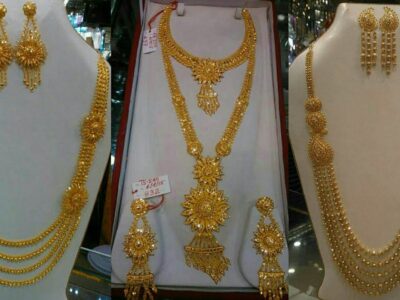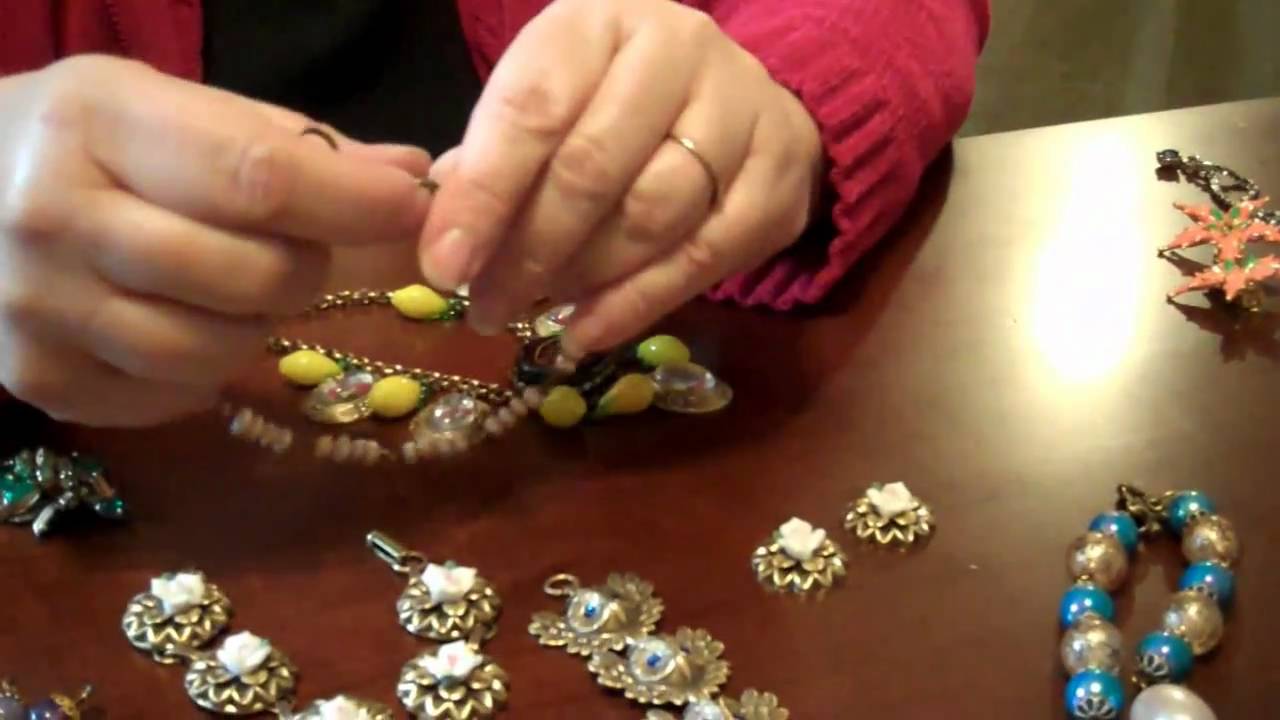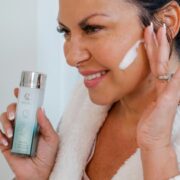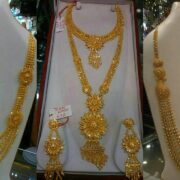
Did you know the system jewelry experts use today to check the quality of a diamond was developed by GIA in the 1950s? It is a process that uses the 4 Cs: color, clarity, cut, and carat weight.
These criteria, however, tend to be complicated, so how can you be sure of the quality of a diamond you are considering? Let us look closer at how to check the quality of a diamond even with the naked eye.
Quality of a Diamond: The Right Cut
The right diamond will shine. In the diamond industry, however, there is lots of jargon that can hide the simple fact that if the diamond is cut poorly, it will be dull and lifeless.
A diamond sparkles because, when cut correctly, they reflect and multiply light. They work like prisms. If the cuts are not aligned perfectly, the light reflects downwards or sideways and away from the viewer.
Two diamonds with even slightly different cuts can look completely different from one another. Many times, diamonds are not cut to maximize shine but instead to be able to sell a larger diamond.
When you choose a stone cut to the International Gemological Institute’s diamond standards, you will have the shiniest one.
Colorless to the Eye
Unless you are looking for colored diamonds, the diamond you choose has to be colorless to the naked eye. The clearer the diamond is the better its quality.
Remember that if you see a slight yellow tinge to the stone, it is not of the quality that you want. It will usually be an H grade or another poor rating. A G grade, however, provides the colorlessness you want without the price tag of a grade D, E, or F diamond.
Clarity
When a diamond is made, either in a lab or naturally, natural marks form within it. These marks are known as inclusions to the experts and they make each diamond unique. Think of them like fingerprints.
If the diamond has inclusions that are visible to the naked eye, it is not a good quality option. Lower quality stones may even have chips or other markings on their surfaces. A diamond with all of those markings and inclusions will not be as shiny as one that has more clarity and may even appear cloudy to the eye.
A diamond that does not have the clarity you want can also be more prone to chipping, cracking, and shattering. This is especially the case if the inclusions are on the edges of the diamond.
The diamond you want is one in which the inclusions are not easy to spot, even when the diamond is of a large size. It will usually be the shiniest.
Find the Quality Diamond You Want
You do not need fancy equipment to be sure of the quality of a diamond. Look for one that dazzles you with its clarity and colorlessness.
To learn more about diamonds, turn to our Fashion page under our Lifestyle column!








